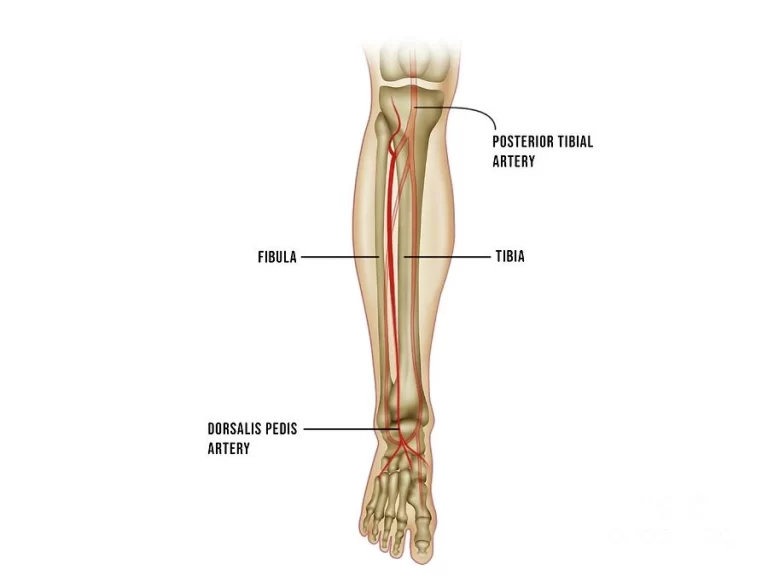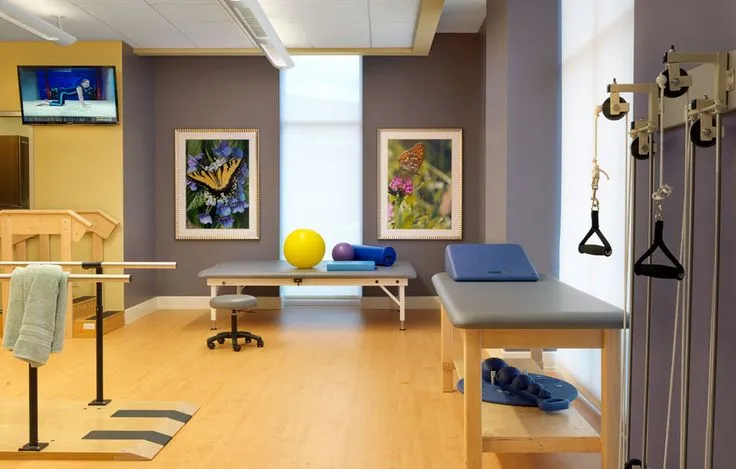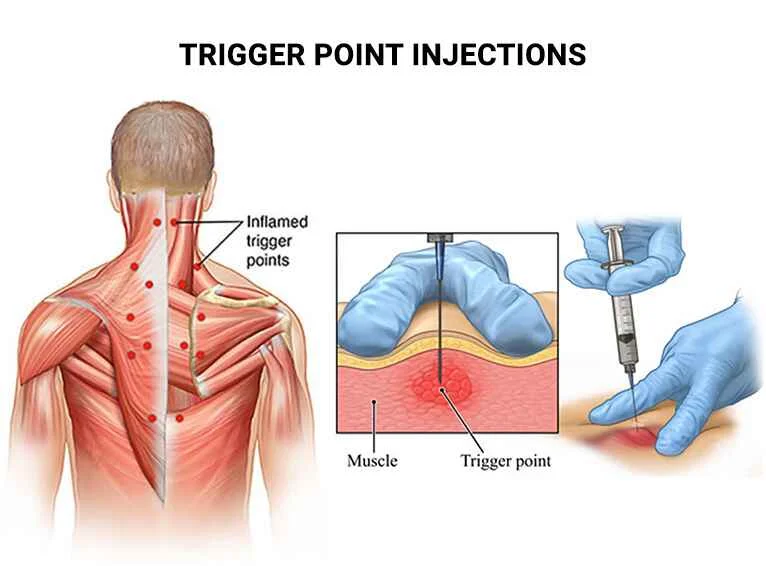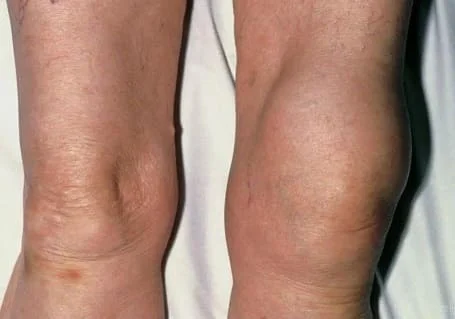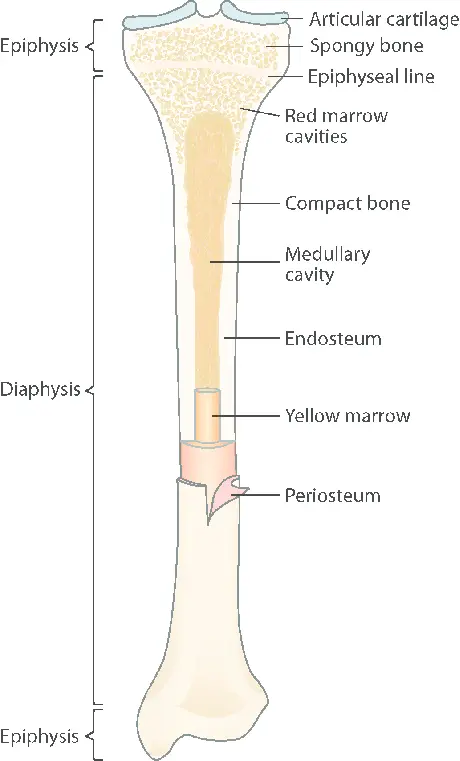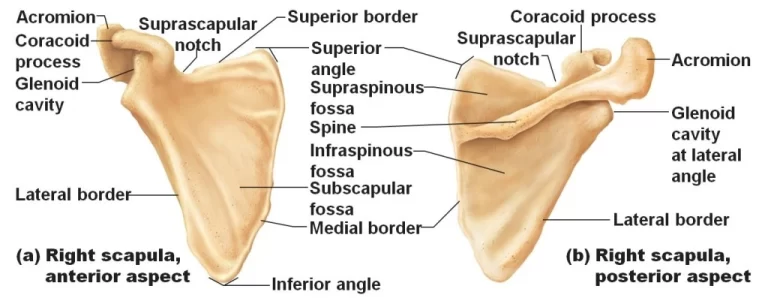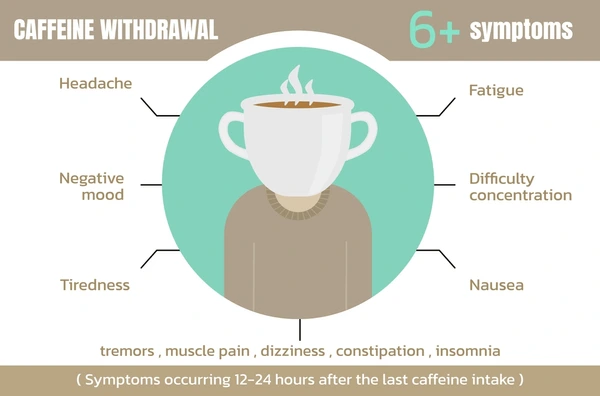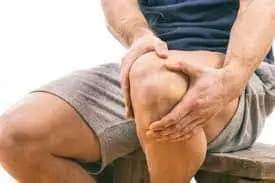Dorsalis Pedis Artery
Introduction The dorsalis pedis artery (DPA) is a major blood vessel located on the dorsal aspect of the foot. It begins at the anterior aspect of the ankle joint as a continuation of the anterior tibial artery. The DPA follows the course of the extensor hallucis longus tendon and terminates at the proximal part of…

